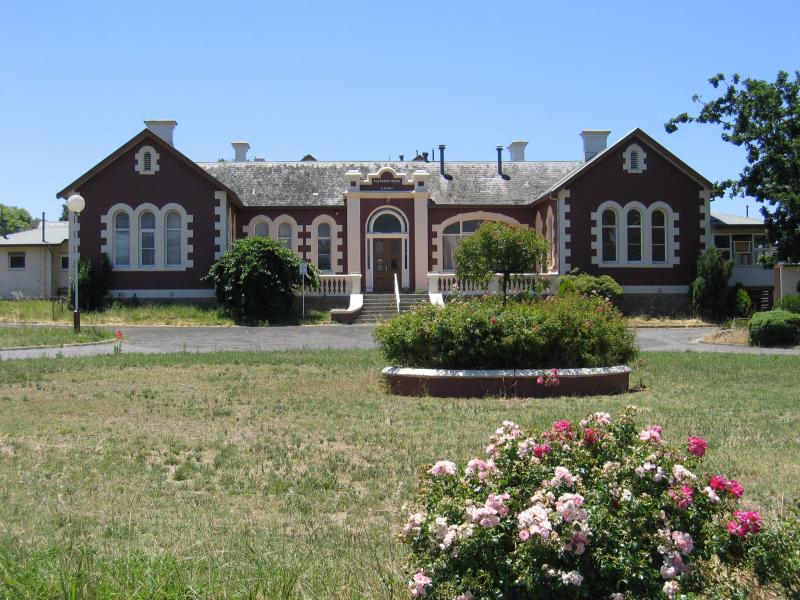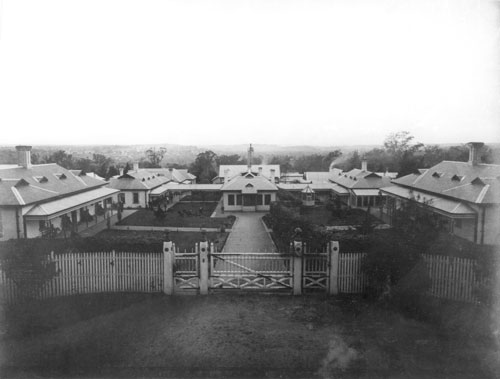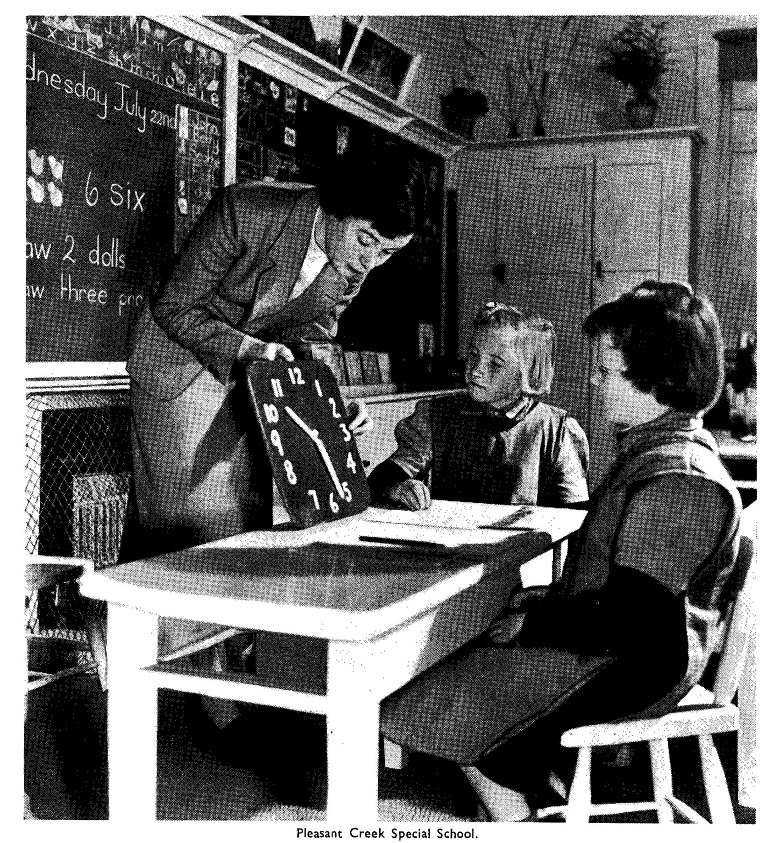

The Pleasant Creek Colony in the town of Stawell was established in 1937 by the Department of Mental Hygiene. It accommodated older children and young people up to the age of 20 who were classified as ‘mentally deficient’. Residents attended Pleasant Creek Special School no. 4549 which was located on the site. Pleasant Creek closed…

Kew Children’s Cottages date back to 1887. They were located adjacent to the Kew Asylum and were also known as the ‘idiot ward’. They provided accommodation and education to children with intellectual disabilities. They were closed in 2008. Kew Children’s Cottages became known by that name from around 1929, although the Kew Asylum had housed…

The Mental Hygiene Branch was established in 1944. It assumed responsibility for those functions previously administered by the Department of Mental Hygiene, namely the development and direction of policy governing the treatment of the mentally ill, the care of the intellectually disabled, the care and treatment of alcohol and drug dependent persons, and for the…
The Hospitals and Charitable Institutions Act 1864 (Act no. 220) set out certain requirements for Victorian institutions, societies and associations, funded entirely or in part by voluntary contributions, and which had been established with the object of saving human life, promoting health, temperance or morality, preventing cruelty or vice or for other philanthropic or humane…
An Inspector of Public Charities appears to have been first appointed in late 1880 within the Department of the Treasurer. The position of Inspector had been recommended by the Royal Commission into Charitable Institutions of 1870 . The Inspector undertook the investigation of the management, and audit of the accounts, of institutions receiving assistance from…
The origins of Jesuit Social Services are in the work of Peter Norden SJ in the late 1970s. In January 1977, Norden established a hostel for young offenders in Hawthorn. This grew into what became known as the Brosnan Centre, named after the long-serving chaplain at Pentridge Prison, Fr John Brosnan. In December 1976 ‘Four…
Cara Inc. was established in 1979 as a not for profit charity and was run by a board of management. It operated four specialist residential homes and provided support and advocacy for young women aged between 12 and 17, some of whom were pregnant or had a baby. Young women were referred to Cara Inc….
The Infant Life Protection Act 1890 (No. 1198) commenced on 31 January 1891. It shifted the control of overseeing paid children’s nurses to the police, and explicitly stated that people had to be registered if they were for the purpose of nursing or maintaining such infant apart taking charge of a child under two years…
The Children’s Court Act 1906 (No. 2058) established a closed court where children’s cases would be heard, established a clear protocol for dealing with children between the time they were apprehended and their court appearance, and formally recognised the importance of probation officers to the system. The Children’s Court continued largely unaltered into the second…
The Aborigines Act of 1890 (Act no.1059) was ‘An Act to consolidate the Laws relating to the Aboriginal Natives of Victoria.’ It extended the powers of the Governor to separate Aboriginal children from their families. The Act commenced on 1 August 1890 and was repealed by the Aborigines Act 1915 on 1 October 1915. In…